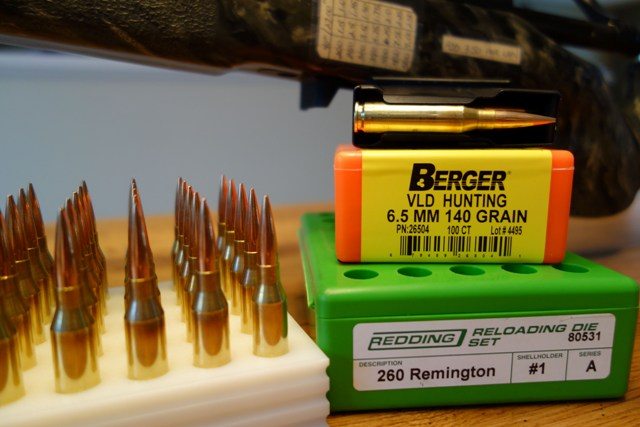
Match Grade Hunting: A Season With a 260 Remington and Berger Bullets
By Sam Millard
I have long been a fan of the 260 Remington, so when the opportunity came to test Berger’s 140 grain Very Low Drag Hunting (HVLD) bullet, I jumped on it. The 140 grain HVLD has a ballistic coefficient of .612 (G1 BC), helping to make it an effective long range bullet. For the testing, I used my tried and true Defensive Edge 260. The rifle is built on a Remington 700 action and wears a Hart 26″ barrel, with 1 in 8 twist rifling. The rifle is a proven performer and capable of outstanding precision. I enlisted the help of my daughter, Jessica, as she would be hunting with this rifle as well.
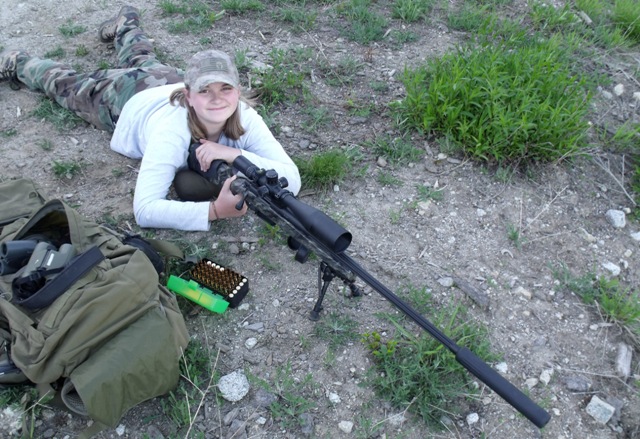
I used my standard accuracy loading of H4350 and was able to obtain 2800 fps easily, with Extreme Velocity Spread (ES) in the low to mid-teens. After some initial accuracy testing and truing our drops, Jess and I took the 260 on an antelope hunt in Wyoming. With wind speeds reaching 34 mph and constantly blowing over 20 mph, conditions were tough to hunt in. I shot a buck at 450 yards that required 5 MOA of right wind, and Jessica shot a doe at 150 yards. Both shots were classic quartering away shots, with the exit being in the off shoulder. The 140 grain HVLD performed as advertised, shedding its jacket after initial penetration, with shrapnel and bone exiting the off side, and left impressive wound channels in both animals. Neither animal went further than 20 yards. No bullets were recovered. Several jacket fragments were observed in both wound channels. Another hunter in our camp shot two speed goats with a .25-06, using 115 grain Berger HVLDs with similar results.
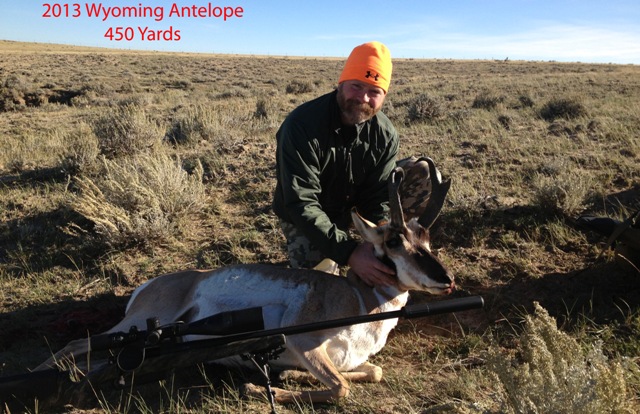
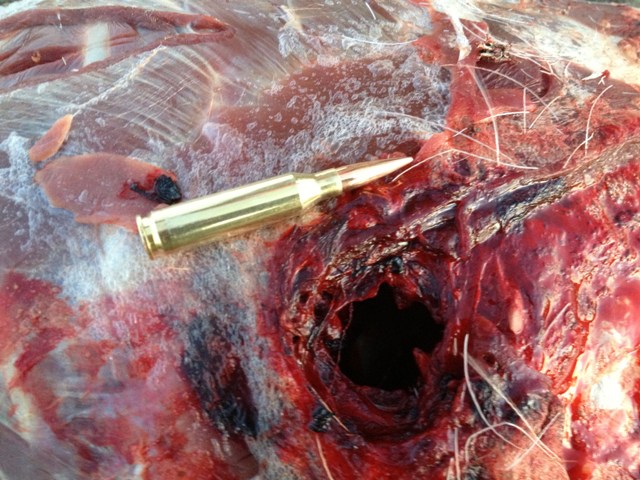
In 2014, Jessica and I spent a lot of time testing this bullet. We fired 534 of the HVLDs at distances up to 1156 yards. The bulk of the shooting was done between 400 and 700 yards. I’ve always thought of the 6.5s as being most effective on deer sized animals, and that distance bracket is where I like to hunt whitetails. While the majority of my long range practice involves shooting rocks, I also have steel plates we use from time to time. Jessica shot some pretty amazing groups on those plates!
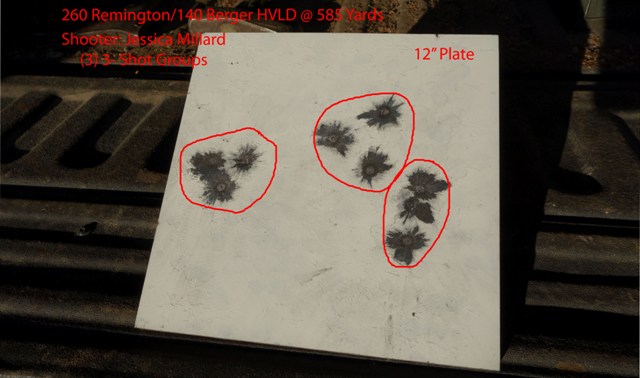
I also did a fair amount of shooting from the 100-yard line. Plenty of groups in the 0.2s and 0.3s were fired. In August, I fired (5) 5-shot groups each day, over a 3 day period. The average group size for fifteen groups was 0.483 inches, with the smallest group measuring 0.212 inches, the largest at 0.830 inches. I have no doubt that the largest groups were shooter induced, as I was firing through a suppressor that only added to the ground mirage!
Berger’s reputation for producing accurate bullets is well deserved. This particular rifle shot the HVLD well over a broad range of seating depths. The final load had the bullets seated 0.120 inches off the lands, so the rounds could be fed from a magazine.
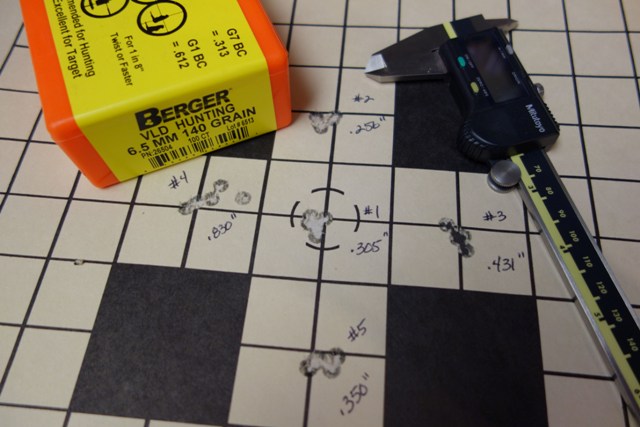
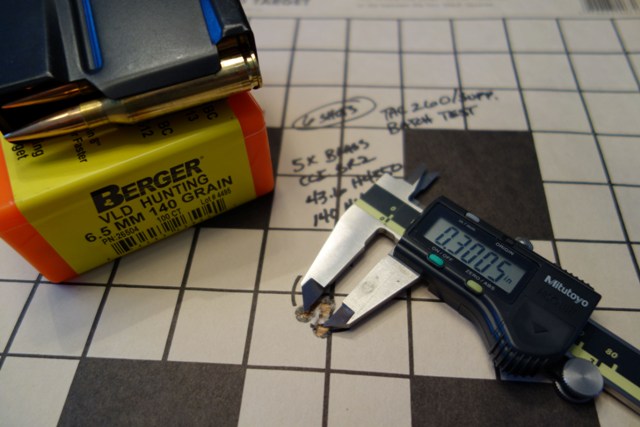
By mid-November, with the Whitetail rut beginning, Jessica and I had complete confidence in our ability to send a 140 grain HVLD into an unsuspecting buck. On the afternoon of November 15, after being on stand for3 hours in temperatures that make most hunters head for camp, Jessica got her chance. With 30 minutes of legal light left, I spotted a deer in the farthest corner of a clear cut we were watching. Jess picked him up in the scope and confirmed he was a buck. I started coaching her to settle her nerves, while looking for spots where he might stop and offer a shot. As he fed along the timber edge, I picked out several spots and ranged them with my Leica 1600. I averaged the distances to 460 yards and told her to dial the correction. The buck fed in a straight line for 7 minutes before offering a clean, broadside shot. When he finally did, Jess exhaled lightly and said, “On it…”
With a perfectly executed “high shoulder” shot, Jessica’s buck collapsed instantly. A large portion of the bullet exited through his vertebrae. With a modest impact velocity of 2150 fps, there was very little meat lost to bullet damage. It was one of the cleanest deer kills I had ever witnessed.
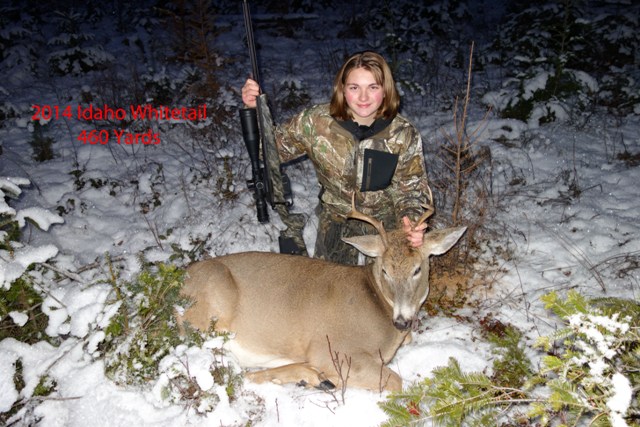
Berger Bullets Field Test from Rokslide on Vimeo.
On November 25, my son, Jake, and I had been on stand since first light. Fog had kept us from seeing an open ridge across the draw for most of the day. With the rut in full swing, I knew we would get a shot opportunity if only the fog would lift. With sunset approaching, patches of the hillside started to open up. I immediately started seeing deer. As the tree line at the top of the ridge became visible, I spotted a buck. I took several readings with the rangefinder and dialed for 590 yards. I decided to take a broadside lung shot and waited for my chance. The buck took a few steps and turned perfectly broadside. With an impact velocity of 1980 fps, the HVLD entered his chest cavity within 1 ½ inches of my aiming point, and exited directly behind his right scapula. He bolted down the ridge into the open and collapsed 40 yards from where he was shot, with shattered lungs and massive blood loss.
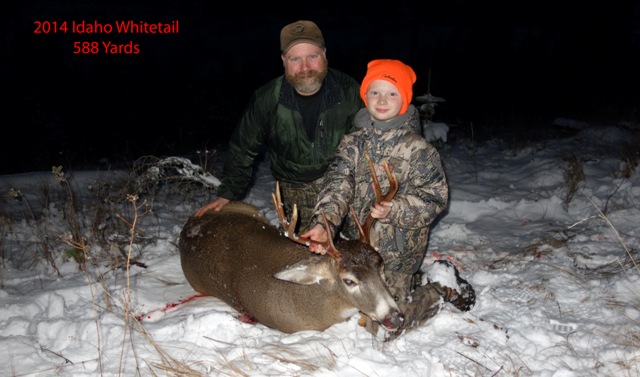
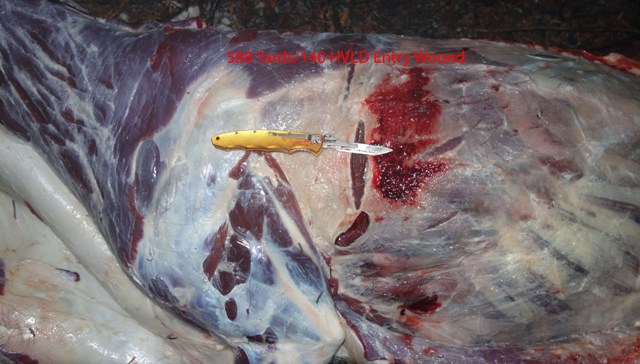
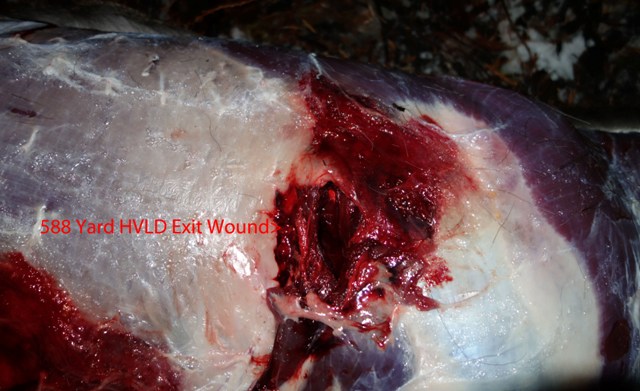
Conclusion:
With 696 total rounds fired and four deer-sized animals killed, I have some thoughts to share about the 260 Remington and Berger hunting bullets:
• Berger Bullets produces consistent, accurate bullets. The 140 grain 6.5MM HVLD provided me with the precision I demand to hunt at extended distances.
• The jackets on the HVLDs performed exactly as they were designed, penetrating several inches before coming apart and causing massive internal bleeding in the target animal. Impact velocities ranged from 1980 to 2590 feet per second, with all bullets leaving effective wound channels and exiting the animal. With this bullet, at those velocities, there was no excessive loss of edible meat.
• The 260 Remington is an excellent cartridge for deer-sized big game animals. With a bullet like the Berger HVLD placed in the right spot, it will provide reliable, one-shot kills at moderately long distances.
You can discuss this artilce or ask the author questions here



















